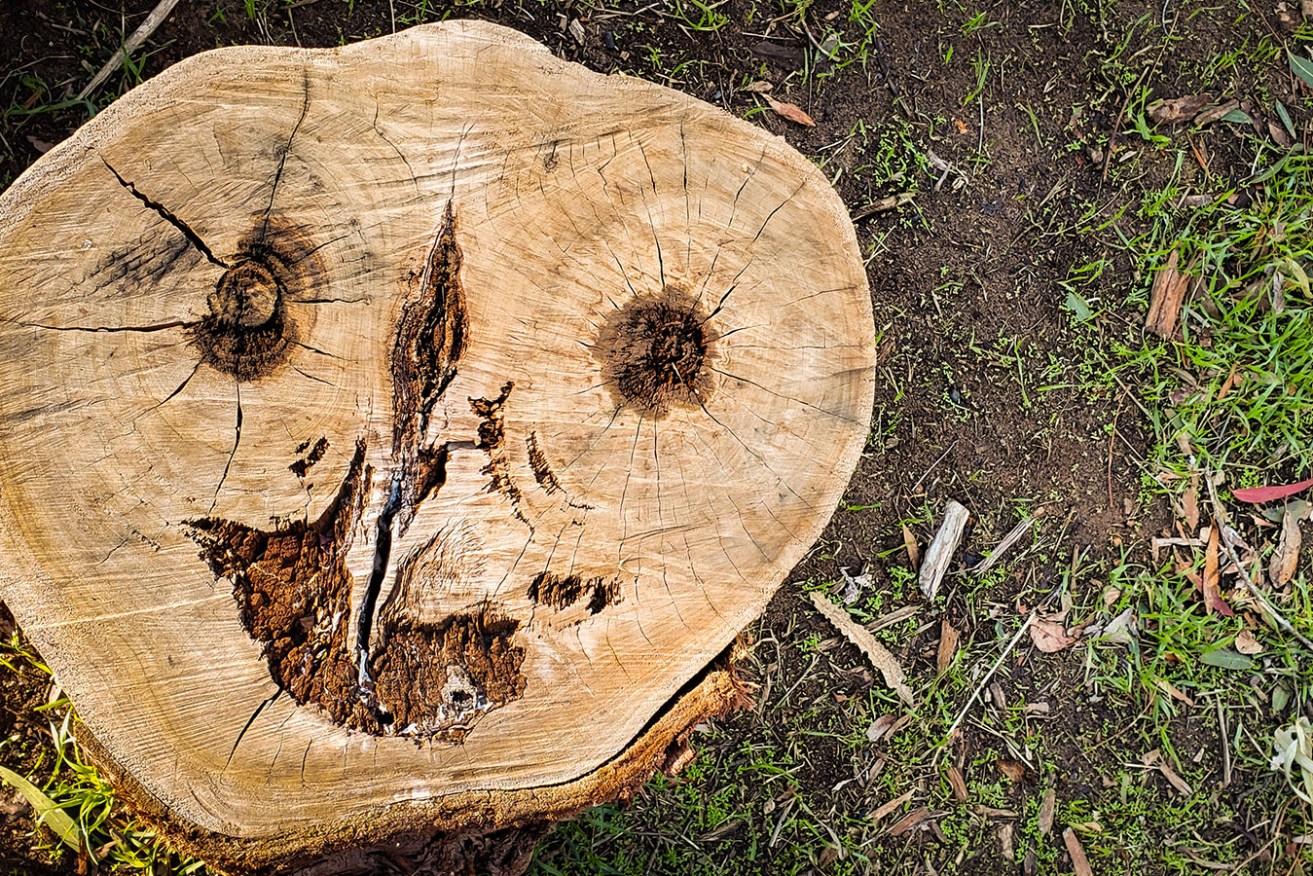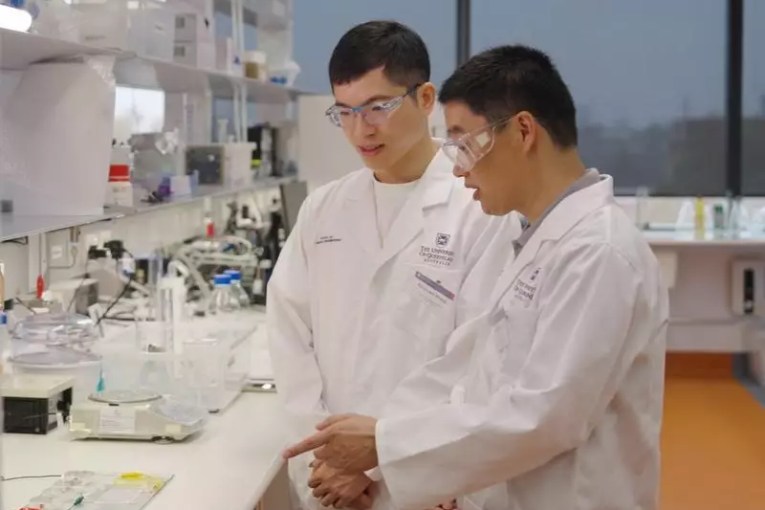See faces in everyday things? Here’s why the images are usually men
Seeing faces in everyday objects is part of life for many people. Now university research has found these illusory images are more likely to appear male.


A group of University of Queensland psychology researchers have found that the face peering out from that piece of burnt toast this morning will probably look more like Jesus than J-Lo.
UQ’s Jessica Taubert said said face pareidolia, the illusion of seeing a facial structure in an everyday object, told a lot about how human brains detect and recognise social cues.
“The aim of our study was to understand whether examples of face pareidolia carry the kinds of social signals that faces normally transmit, such as expression and biological sex,” Dr Taubert said.
“Our results showed a striking bias in gender perception, with many more illusory faces perceived as male than female.”
She said this demonstrated that the visual features people needed to recognise a face were not sufficient to detect female faces.
The researchers’ work involved showing 3800 participants examples of face pareidolia and other objects with no facial structure and then asking if each example had a distinct emotional expressions, age and sex, or not.
“We know when we see faces in objects, this illusion is processed by parts of the human brain that are dedicated to processing real faces, so in theory, face pareidolia ‘fools the brain’,” Taubert said.
“The participants could recognise the emotional expressions conveyed by these peculiar objects and attribute a specific age and gender to them.
The work will help the research team compare how human brains recognise emotion, age and biological sex to the performance of computers programmed to recognise such cues.












